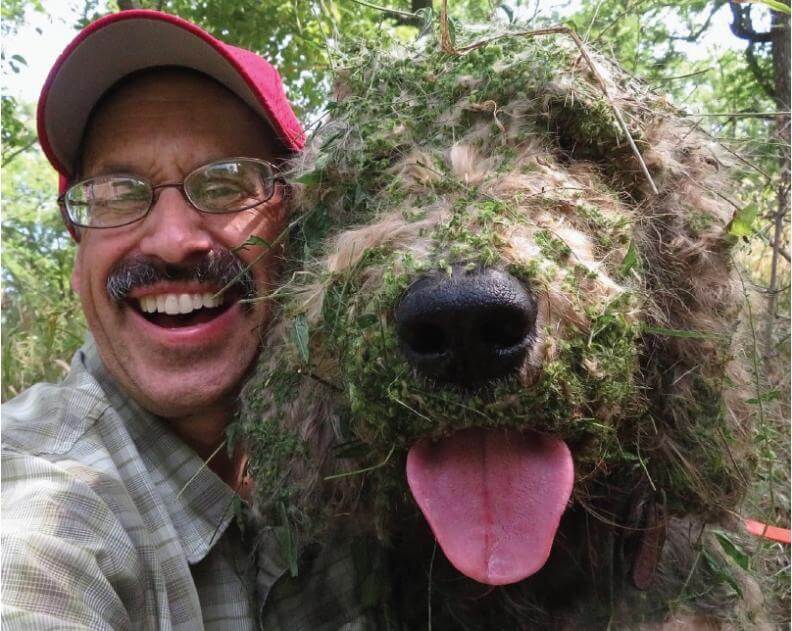
Our Brands
Join Us
More
Contact
- CUSTOMER SERVICE
- (512) 666-3466
- [email protected]
- Aramedia Group, Inc. 501 Congress Avenue Suite 150 Austin, TX 78701 USA
- ADVERTISING
- [email protected]
- EDITORIAL
- [email protected]
Search
Popular Keywords
Our Brands
Join Us
More
Contact
- CUSTOMER SERVICE
- (512) 666-3466
- [email protected]
- Aramedia Group, Inc. 501 Congress Avenue Suite 150 Austin, TX 78701 USA
- ADVERTISING
- [email protected]
- EDITORIAL
- [email protected]








